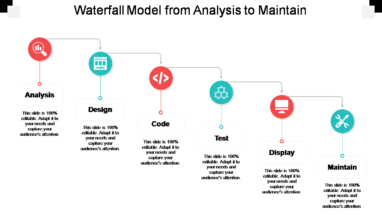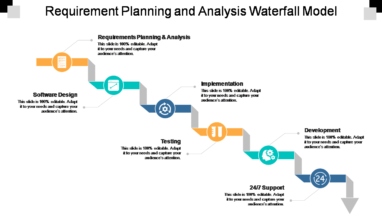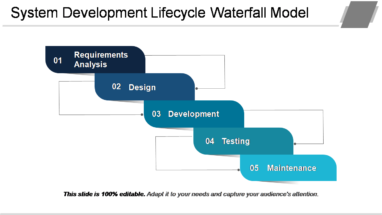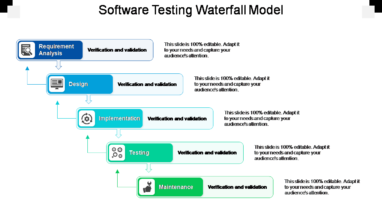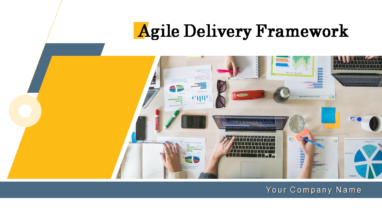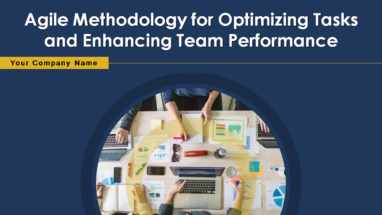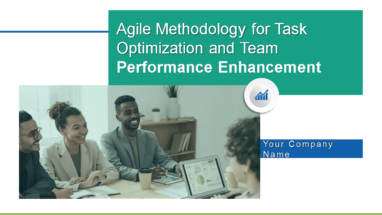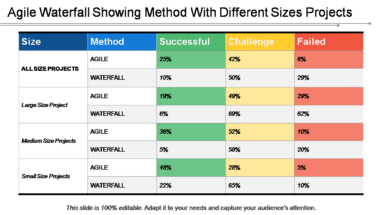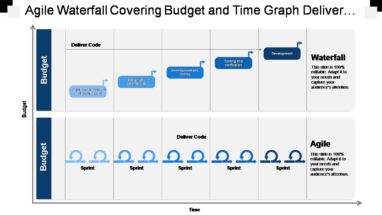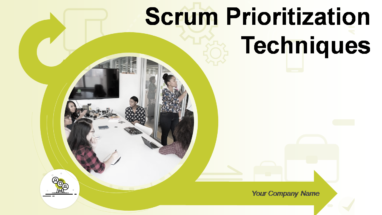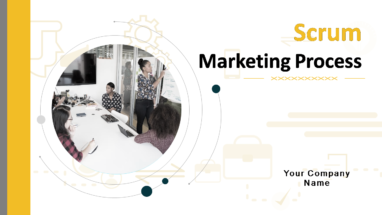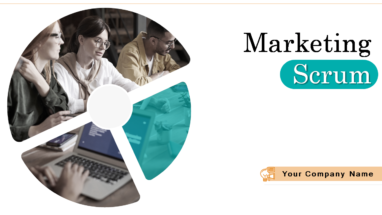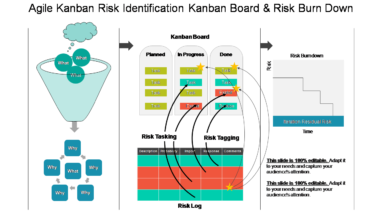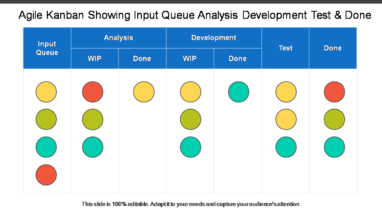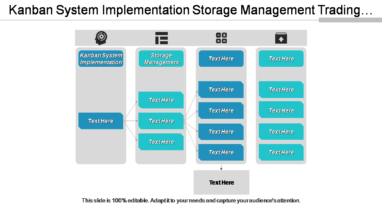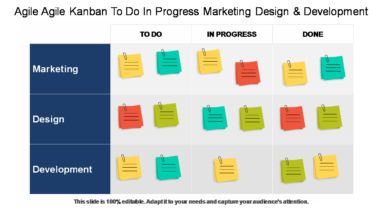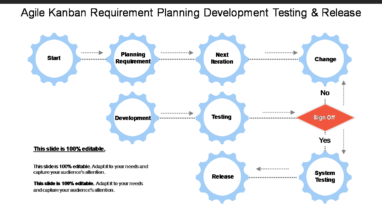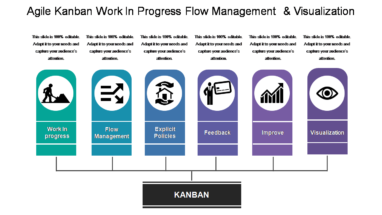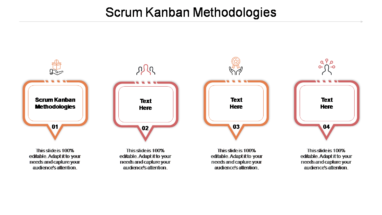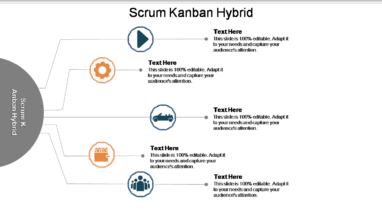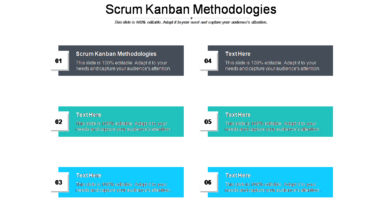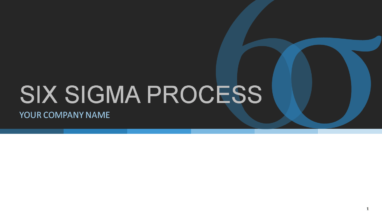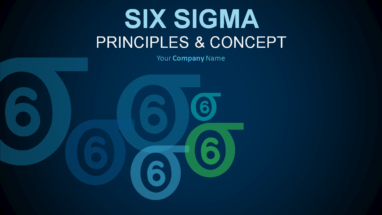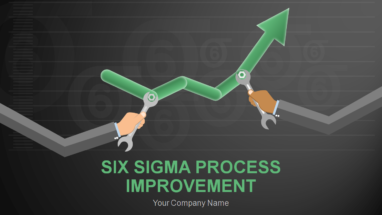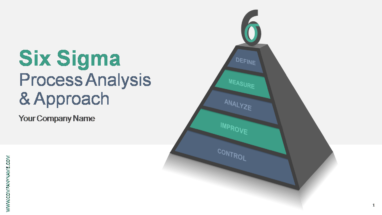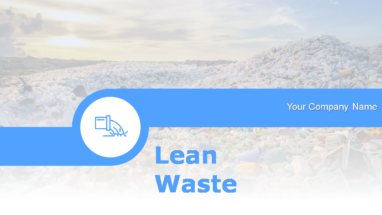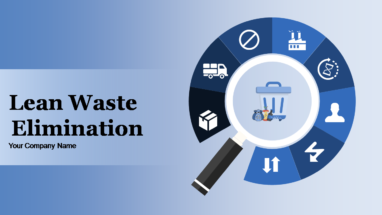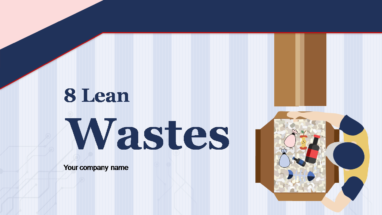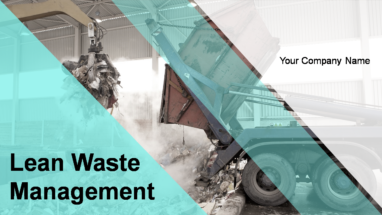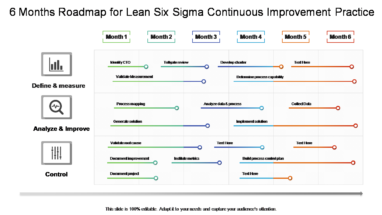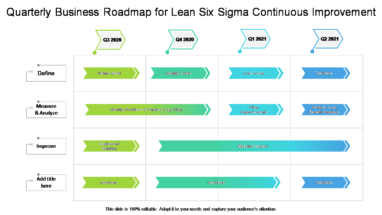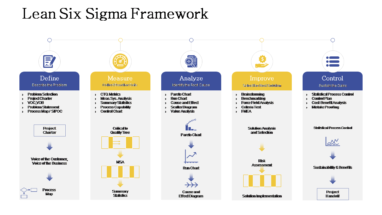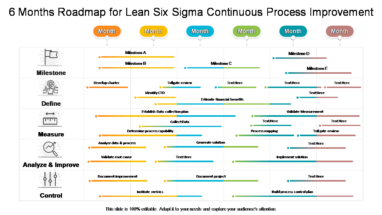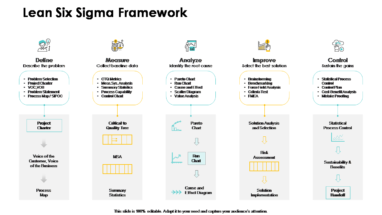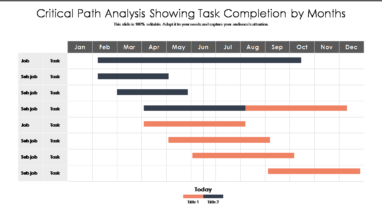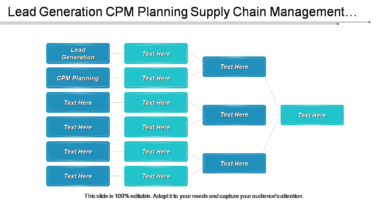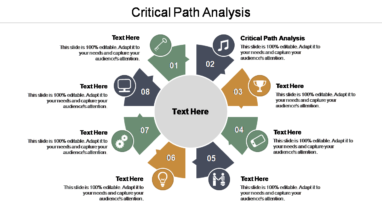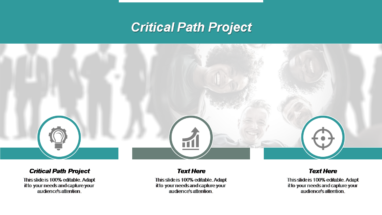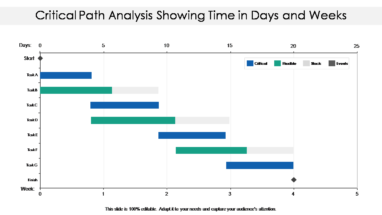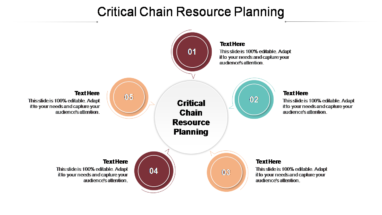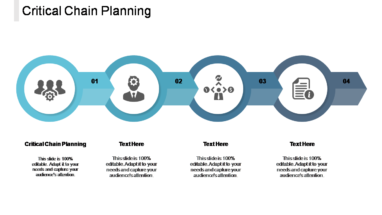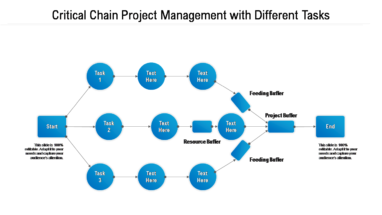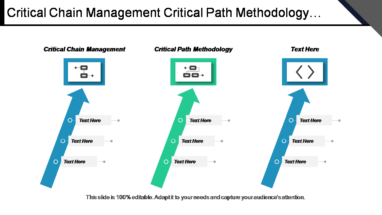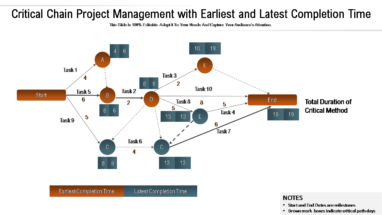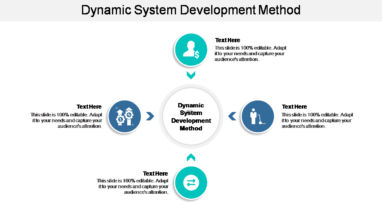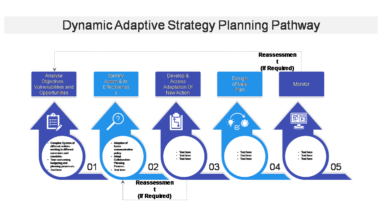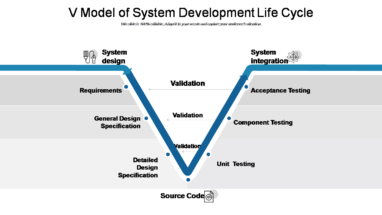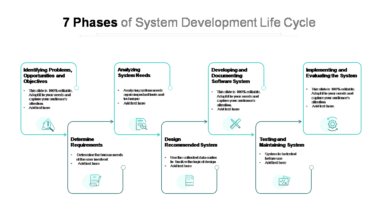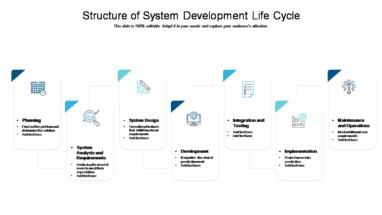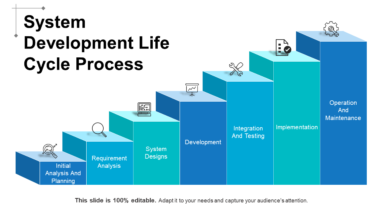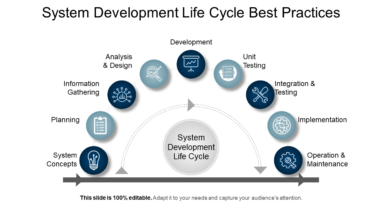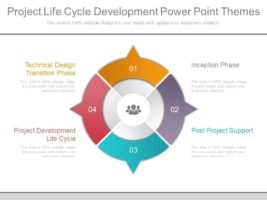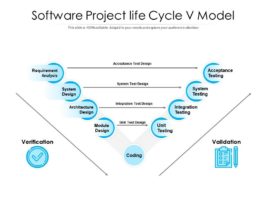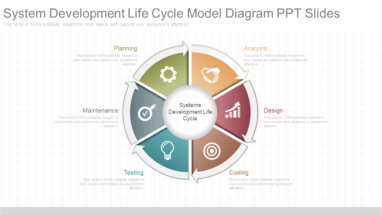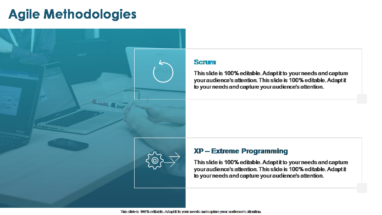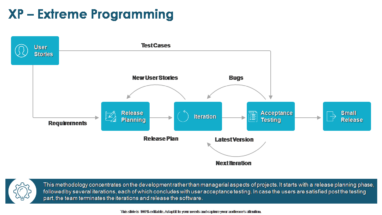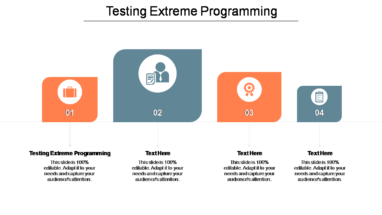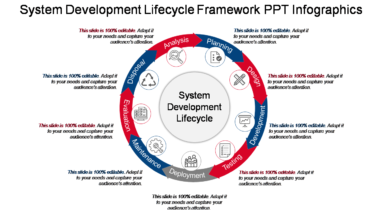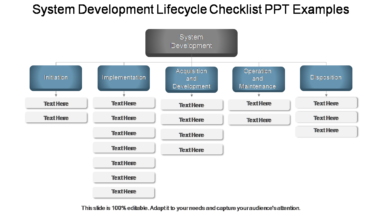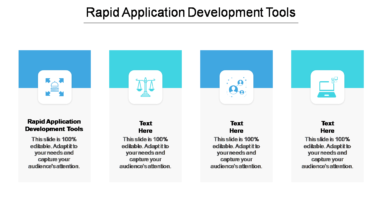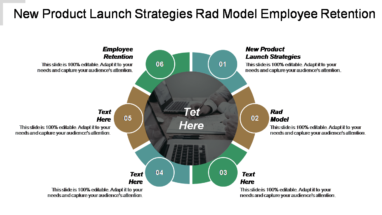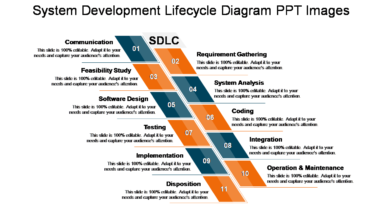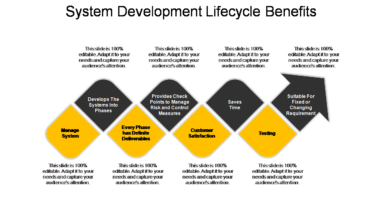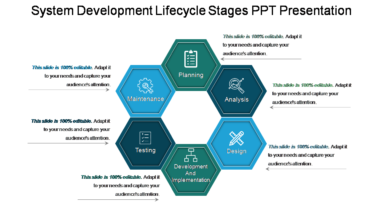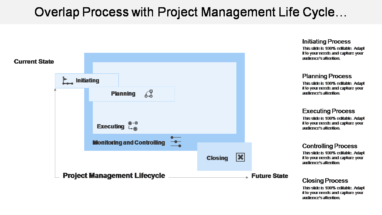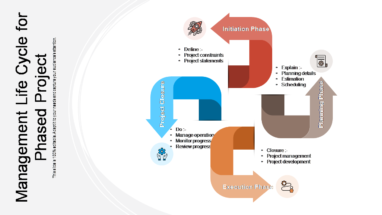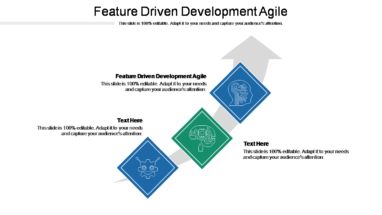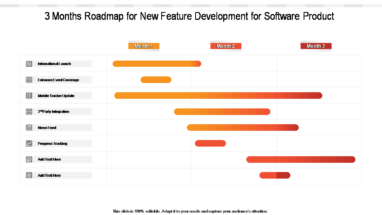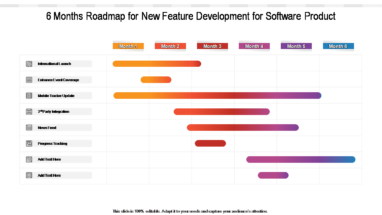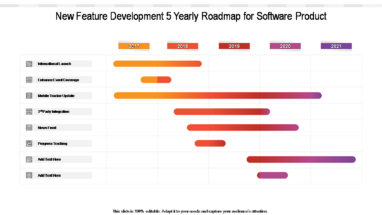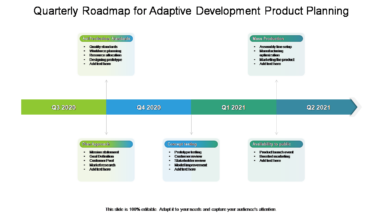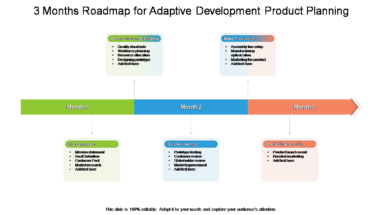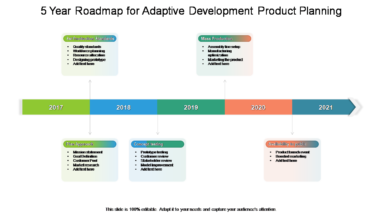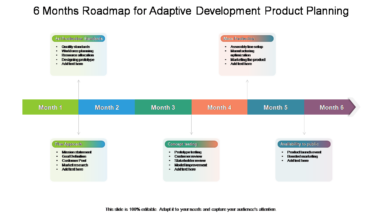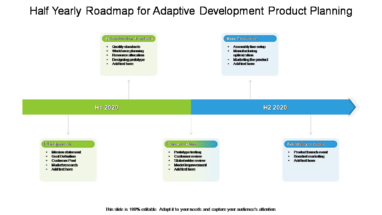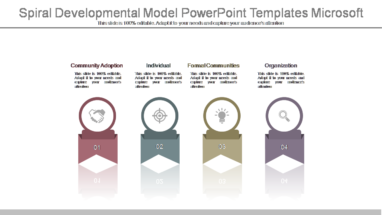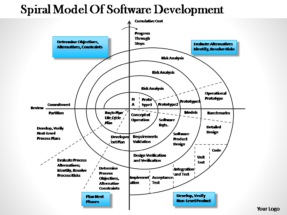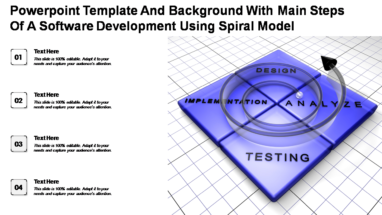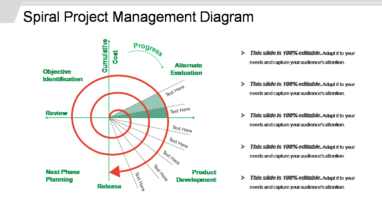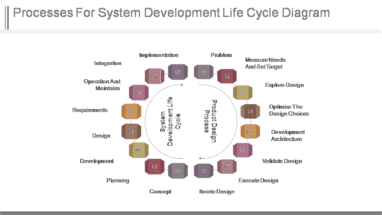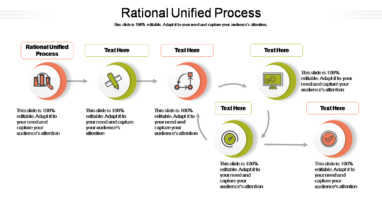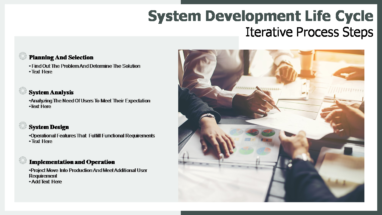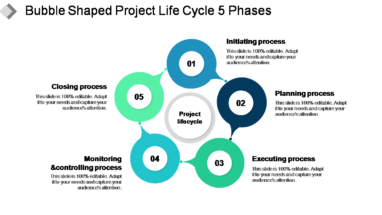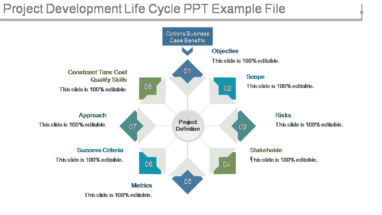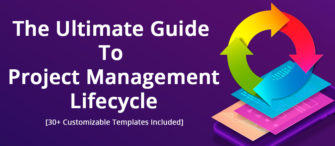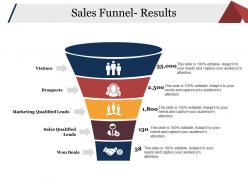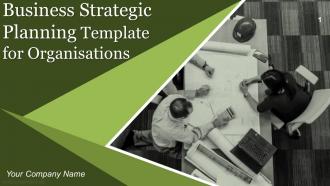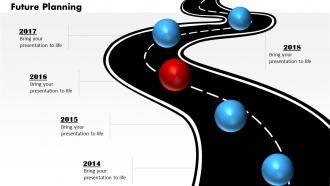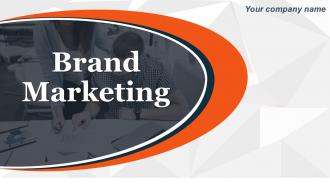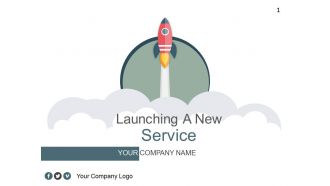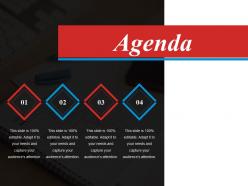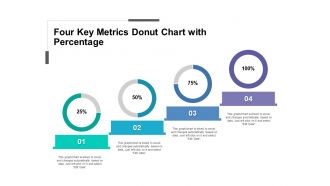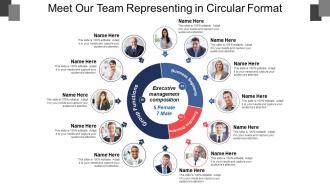Project management methodologies are systematic approaches that impart structure and efficiency to a project manager’s task list. However, one must choose the correct methodology that can give the best outcome for their business. Moreover, in a world facing crises beyond comprehension, companies need to evolve and evaluate their project management methodologies that help prioritize key aspects while keeping risks and negative consequences to the minimum.
With each project having varying requirements, selecting the best methodology can be confusing at times. Therefore, we have put together 20 project management methodologies with their significant features to help you make an informed choice. The blog also offers comprehensive PowerPoint templates best suited to each methodology that you can download to get started. Read on.
20 leading project management methodologies to apply
The following is a quick primer on 20 project management methodologies that you can apply to your businesses right away. Note that each methodology can apply to either a single project or several similar projects. So adopting any single approach depends on what your project requirements and resources are. Go through the description of each methodology and choose the one that fits your criteria. Nothing is set in stone, though. You can experiment with these project management methodologies at your discretion and reap the rewards of organized approaches.
1. Waterfall
The most traditional approach towards project management is the waterfall model. Specifically used in software development process, the waterfall methodology follows a relatively sequential flow of activities to execute a project. The approach is characterized by static phases that begin from requirement analysis and culminate in maintenance via design, testing, and implementation phases.
Additionally, the waterfall methodology of systems development is a rigid framework. This means that any changes in project requirements somewhere down the line can lead to lapses and delays. If looking for controlled project management at each phase, one can opt for the waterfall methodology to see results. But the framework may not work for organizations working with varying project scope. Therefore, once you decide to use the waterfall methodology, you can implement the same with the following PowerPoint templates.
2. Agile
Also dubbed as the continuous improvement methodology, Agile is the industry buzzword for quite some time now. Comprising of iterative phases called “sprints”, Agile supports better project flexibility and speed. The approach was developed for real-time progress and seamless communication within self-starting teams. The methodology also enables better performance where the traditional waterfall technique turns out to be obsolete.
Related read: Top 25 Agile PowerPoint Templates For A Smooth Transitioning
Due to the increased efficiency of product development along with flexible operations, project managers can embrace change faster without risk. In fact, the “sprint” operations pave the way for more interactive product development. Also, an Agile system helps arrest issues at the development phase instead of waiting for the testing step. However, the only drawback that remains is the minimal documentation produced by the Agile methodology. To get started with Agile, you can simply use the following comprehensive PowerPoint templates.
3. Waterfall-Agile hybrid
A more balanced approach among project management methodologies is the waterfall-Agile hybrid. This approach aims to amalgamate the benefits of both methods. So when it comes to the project planning and requirement phase, the waterfall approach is followed, and for design, testing and implementation, the Agile approach comes in to bring high-speed performance. Here are some PowerPoint templates you can simply download and deploy to get the best of both worlds.
4. Scrum
Branching from Agile methodology, scrum offers a more interactive and limber way of project management. A specific scrum master is designated to oversee the project resources and processes in the development phase. Like a rugby scrum, small teams are formed to handle specific tasks, and each group then reports to the scrum master. The latter then takes stock of progress and backlog of tasks and prioritizes activities accordingly.
Notably, scrum does not work with large and unmotivated teams. Also, overlapping roles may lead to poor engagement and delivery. The following PowerPoint templates will help get everybody on the same page for a high-powered scrum session.
5. Kanban
Kanban has emerged as one of the most collaborative project management methodologies. It involves continuous cooperation and visualization of daily tasks and uses boards and cards to manage projects. Project managers can take stock of daily progress on projects and address backlogs if and when they emerge.
Related read: Top 10 Kanban Board PowerPoint Templates to Unlock your Team’s Potential
Due to its ease of use and continuous progress framework, Kanban has proven to be the foundation of popular project management software like Trello, MeisterTask, Proofhub, Zoho Projects, etc. To incorporate the Kanban board in your project management suite effectively, you can use the following bespoke PowerPoint templates.
6. Scrumban
Combining the product management abilities of scrum and real-time workflow management features of a Kanban board, scrumban is the go-to tool for teams looking to deliver high-quality products in optimal time. Scrumban offers the best of both worlds to teams handling product development and support. The optimal workflow saves time, cuts down waste, elevates quality, and flags potential risks and lapses in real-time. Therefore, your best bet for quality delivery in a large team is the scrumban methodology.
Although scrumban needs constant input of resources on the downside, making it suitable for long-term projects having extensive team size. Therefore, you must use the following PowerPoint templates to harmonize your project activities with scrumban.
7. Six Sigma
Six Sigma is one of the most effective data-driven project management methodologies. It was developed by Motorola engineer Bill Smith in 1986 to manage projects with insightful data-driven principles. Ideally, while applying the Six Sigma, one follows “Define, Measure, Analyze, Improve, Control” (DMAIC); “Define, Measure, Analyze, Design, Verify” (DMADV); or a combination of these in “Design For Six Sigma” (DFSS), along with “Identify, Design, Optimize, Verify” (IDOV).
Aimed at optimal use of resources, the Six Sigma project management methodology reduces waste to amplify profits and productivity but does add some rigidity to the workflow. Therefore, if you are game for that, the following PowerPoint templates will help you introduce this methodology seamlessly.
8. Lean development
Another project management methodology aimed at cutting waste and maximizing output is the lean management approach. Companies looking to amplify production and elevate stakeholders’ value can leverage lean. Started from Toyota, the lean principles have become the perennial guide for each sector of the industry today.
Related read: Top 15 Lean Transformation Templates for Achieving Operational Excellence
Going lean can improve resource utilization, speed up workflows, and build up collaboration within teams. However, a lean system can make stakeholders reluctant to commit to change, leading to inconsistent deliveries. Therefore, to leverage the advantages of lean, your company can adopt the following PowerPoint template frameworks.
9. Lean Six Sigma
When you combine the lean development and Six Sigma project management methodologies, you get the most satisfactory levels of efficiency and productivity on an elaborate scale. However, the differentiating factor here is the emphasis on customer-centric turnaround and high cost of Lean Six Sigma. The approach simply amplifies the impact of the constituent methodologies while bringing down defects in the end product. Here are some simple yet effective PowerPoint templates that will help you leverage the combination.
10. Critical path method
The critical path method, or CPM, comes in handy in projects pressed for time. Using a sequential approach of priority tasks, the CPM identifies the shortest path to completing the project with the available resources. This is accomplished by defining a work breakdown structure, milestones, and deliverables. Once critical path activities are tagged suitably, the most crucial resources are deployed to finish them, while non-critical parts of the project are dealt with surplus but less time-bound resources.
As large teams find it difficult to find the critical path for expansive projects, CPM suits small projects well and enables timely delivery. So hit the download links below to grab these PowerPoint templates to get started with CPM.
11. Critical chain project management
Critical chain project management or CCPM is a more advanced take on the CPM. It emphasizes the need to govern project resources rather than project activities. Within a critical chain, project managers create buffers of resources and allocate as per the requirement. Additionally, the focus of the stakeholders is to deliver products of the highest quality with safety well complied to. The all-hands-on-board approach ensures maximum engagement as well. Give your team a leg up with these PowerPoint templates covering CCPM and its components.
12. Dynamic system development method
Conceptualized in 1994, the dynamic system development method, or DSDM, is an Agile approach characterized by incremental development with iterative procedures. Another highlight of the process is the business-oriented workflows aiming to produce best quality products on time.
A significant feature of this methodology is the continuous stream of communication for each stakeholder, which helps lay a strong foundation for product development. However, despite complete project life cycle control, DSDM can prove much costlier to small businesses. To leverage this proven technique according to your growing business, you can use the following PowerPoint templates.
13. Event chain methodology
Signified by high-volume analysis and continuous control over activities, the event chain methodology, or ECM, helps flag issues way before they take shape. ECM helps manage the relationship between events or incidents. The technique helps foresee what kind of risk may strike a project and its impact on project activities.
An ideal ECM framework helps identify potential crises by mapping out the cause and effect pattern of events (dubbed as event chain) and then monitoring the performance and quantifying the result. To develop a reliable ECM framework, use the following PowerPoint templates.
14. Extreme programming
Abbreviated as XP, extreme programming involves intensive brainstorming and collaboration for software development. Consistent communication, short task cycles, and multiple spontaneous releases are the hallmarks of XP. The high-speed environment of XP makes it best suited for high production volume. However, the lack of structure may lead to incoherence and lapses in focus. Here are some well-structured templates to make the most of XP in your projects.
15. Rapid application development
Rapid application development, or RAD, is a user-focused project management methodology that leaves it to user testing to guide the development. Based on the identified requirements, RAD developers build prototypes frequently and improve each release based on user testing cases. The final product is the one that passes and suffices user testing. Given the complexity and magnitude of RAD, it is best suited for highly skilled teams. You can download the following PowerPoint templates for understanding RAD and getting your team up to speed with it.
16. Crystal
Another Agile offshoot, the crystal methodology is people-oriented rather than project-oriented. That is to say that the team’s skills and collaborative efforts are in focus till the project result is achieved. Crystal works on the belief that teams are capable to identify and designate workflows for efficient delivery. It also puts the onus of managing and prioritizing the tasks in a project to meet deadlines. Ideally, crystal does work well enough for remote teams due to its constant need for frequent collaboration. If you are gravitating towards crystal, the following PowerPoint templates will help with efficient production.
17. Feature-driven development
FDD, as the name suggests, is focused on the feature side of the project. Best suited for large-scale projects, feature-driven development breaks down the workflows into features. Designated teams work to complete each segment and then feed it to the main product suite. Characterized by fast and repetitive processes in each development environment, FDD serves a broader purpose of building an overall development model based on identified features and then working according to that. The following PowerPoint templates are apt to get it done with FDD.
18. Adaptive software development
Among all the learning-oriented project management methodologies, adaptive software development, or ASD, is at the top. A key differentiator is that ASD encourages teams to adapt to change while learning on the way. This enhances their skill and adaptability for future projects. Better development results from each cycle of speculation, collaboration, and learning. ASD is best suited for large-scale organizations that can bear the resource costs. You can amplify your team’s learning with ASD by using these comprehensive PowerPoint templates.
19. Spiral
An amalgam of the waterfall and iterative methodologies, the spiral is best suited for long-term projects with considerable risk. Following the spiral model, project managers analyze, evaluate risks, execute, and plan each project phase. Owing to its multiple risk analyses, the spiral is best suited for larger projects that can allow enough time frames for review. To get started with spiral, you can present the following PowerPoint templates to your teammates and higher-ups.
20. Rational unified process
With rational unified process, or RUP, project managers get to leverage the waterfall model, but with iterative processes. Each cycle consists of the inception phase, the elaboration phase, the construction phase, and the transition phase. These four phases are supplemented by frequent ideation and feedback from the stakeholders. After that, each outcome helps define the project requirements further. Being process-dependent, RUP leads to high costs and inconsistent delivery. You can put your rationale to the test and apply RUP to your next project with the help of these PowerPoint templates.
Conclusion
So there you have it! Choose from any of these project management methodologies as suited to your needs. Remember that each project has its unique qualities, and project managers need to be proactive in choosing the right method. Our pre-designed templates will definitely help you get things and activities in order. You can leverage the ultra-flexible design of these PowerPoint templates in any of your future projects. These completely customizable project management ppt templates will help you explain each approach with panache. So choose your pick and get started with your next project today!


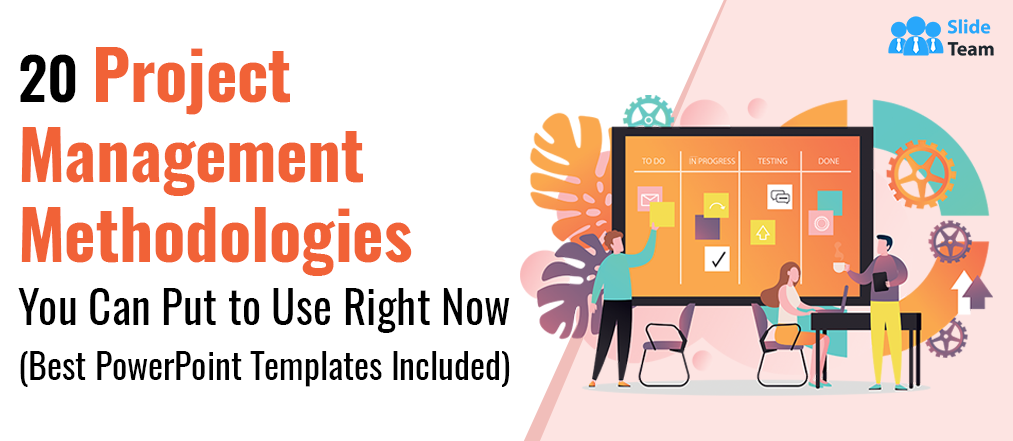
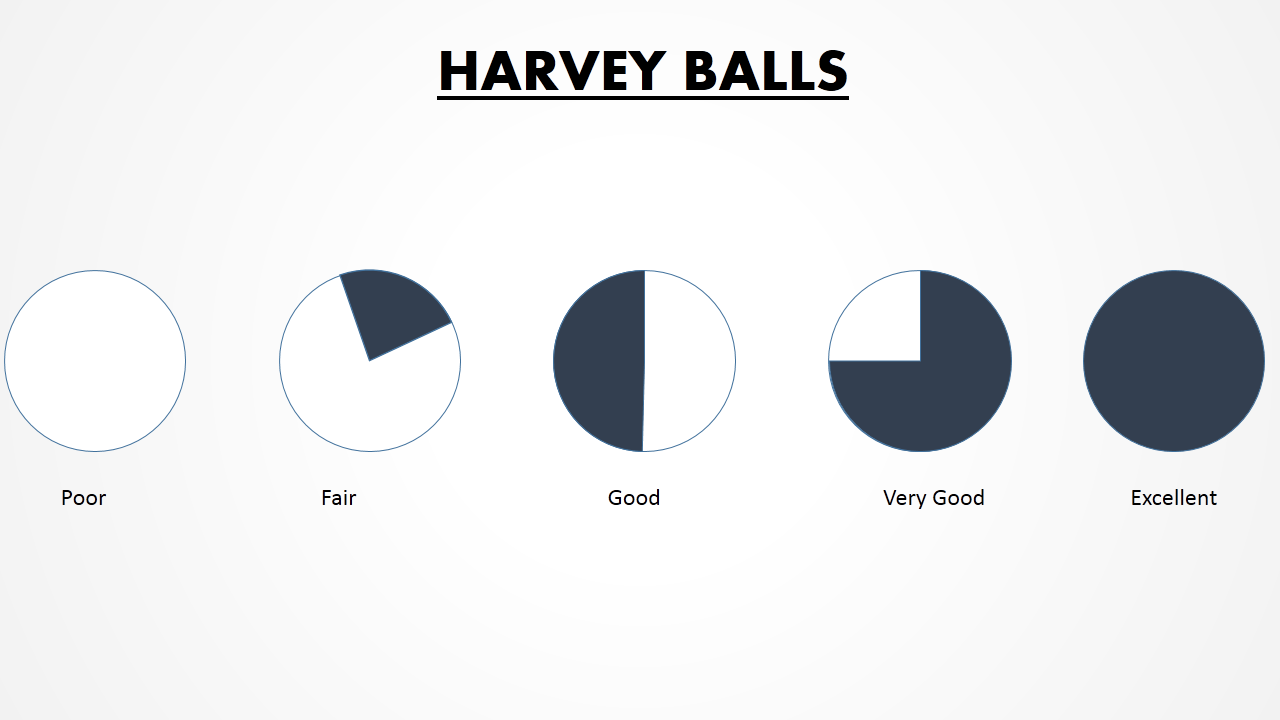

 Customer Reviews
Customer Reviews

